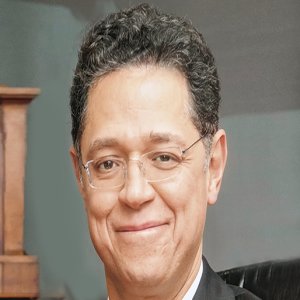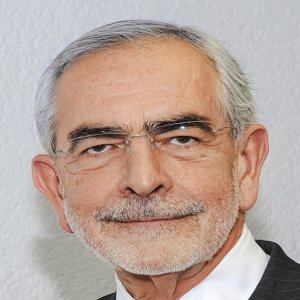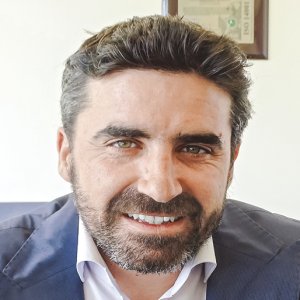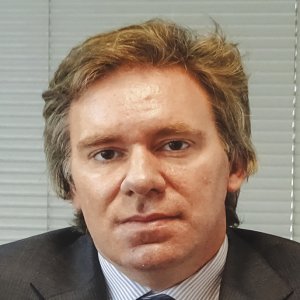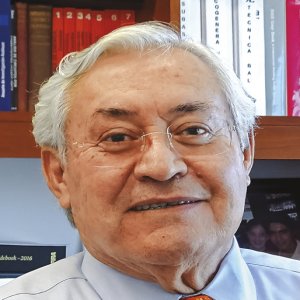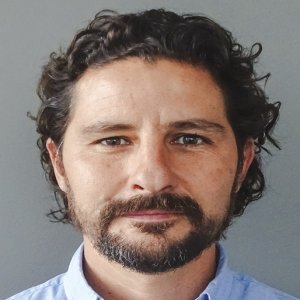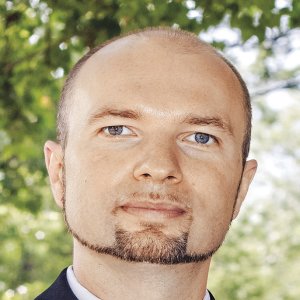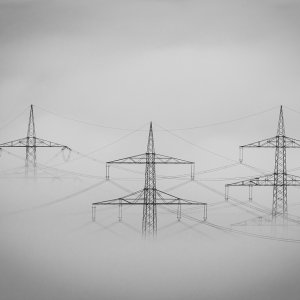Chinese Entrant Helping to Break Quality Myth

STORY INLINE POST
Q: Why did Chint open a subsidiary here and what is the strategy to position the brand in the market?
A: The company is focusing on emerging markets to expand its business, with Brazil as its top market in Latin America. Mexico’s structural reforms attracted Chint’s attention because they opened new business opportunities for companies looking to enter the country, particularly in the electricity sector. The Mexican government’s plans to expand the National Electricity System was another incentive for Chint to open a subsidiary.
We divided our entry strategy into three stages. The first step is brand recognition, in which we look to homologate our products with all the quality certifications required by national institutions. We also evaluate all specific norms established by private market players to identify additional conditions we need to comply with. Our objective at this stage is to consolidate our brand and comply 100 percent with Mexican quality regulations. The second step focuses on expanding our business and earning market share according to Chint’s scale. Opening local manufacturing units will be the last step in a long-term plan for the company.
Our entry strategy is based on high-quality products and services both in sales and aftersales processes, offered at competitive prices. Chint is among those companies breaking the myth that products made in China cannot offer high quality. We are a world-class company able to comply with international quality standards, two characteristics that have allowed us to become a top equipment supplier in different markets, something we expect to replicate in Mexico.
Q: What are the main opportunities here and what is your strategy to reach new clients?
A: We compete in different segments of the Mexican electricity sector thanks to the high quality of our products, which are certified under different international standards. We are mostly targeting the electricity distribution segment in the low and medium-voltage ranges but we also cover high-voltage applications. We see great potential in this market due to the number of power producers planning to enter Mexico. We also have a wide range of products addressed to the renewable energy sector, with solar energy our main focus in this area. Mexico’s solar market holds great potential as it is growing due to the government’s clean energy policies and the competitive prices reached in the first electricity tender.
We will use a different distribution strategy for each business unit because we will be dealing with different target customers. For instance, in the low-voltage market, we will work with a network of partner distributors as well as system integrators, which will take our products and install them according to the end user’s requirements. In the case of high-voltage applications, we are planning to work with EPC companies, which are in direct contact and offer integral solutions to end users. We can help EPCs to increase their competitiveness, offering high-quality products and services with short response times.
Q: How are you dealing with the changing market conditions promoted by the Energy Reform?
A: The Energy Reform has provided the right guidelines for developing a strong energy sector in Mexico, but the market is moving slowly as it is still in a consolidation stage. Mexico has set ambitious goals regarding the liberalization of a new energy market and to succeed it needs all participants to get involved. We are positive however, that the market will take off shortly, which was one of the reasons behind Chint’s decision to make a strong bet on Mexico this year.
Historically CFE has been the main client of electric equipment suppliers in Mexico, particularly of those working in the medium and high-voltage segment. In spite of the market liberalization and the legal separation of the company, we expect CFE to continue as the most important customer in the industry, at least for the next four to five years. We are also seeing an increasing range of opportunities in the private industry.
Q: What makes Chint different from the wave of Chinese companies that are entering the solar market?
A: We are entering the solar energy market through different project developers, constructing solar parks in the north of the country. We can provide project developers with all the equipment needed to complete solar plants successfully, including panels, inverters, wiring and switchgear. We also can provide aftersales engineering services.
One of the company’s competitive advantages is that it produces all types of devices, being a one-stop shop for solar project developers. Most of the Chinese solar companies working in Mexico only provide certain components for the project and usually lack the equipment and wiring required for electricity distribution. Chint can supply it all.
Q: How does the Chinese economic vision integrate with that of Mexico and how do you deal with the cultural differences?
A: We have highly specialized staff covering different areas of expertise, some with over 30 years of experience. We even hired some employees that had recently retired from CFE and other major companies in the sector. Chinese culture values experience and human resources, two aspects that we have integrated into our corporate culture. We know some companies avoid hiring senior employees but we prefer to acknowledge their potential and take advantage of their wide experience in the industry. Our senior staff is a great complement to our strong base of young employees, easing the transfer of knowledge and expertise building in the company.
China and Mexico have several cultural differences but share the common objective of contributing to sustainable development. Having a common goal helps to move forward joint ventures in spite of cultural differences. Chint has developed energy programs in low-income regions of China to achieve a positive impact in those regions. Once we are consolidated in Mexico we expect to launch a similar social-energy program, further contributing to Mexico’s economic and social development.
Q: What would you evaluate as a positive outcome for your company in the next five years?
A: Asian investment in Mexico has evolved differently from that of North America or Europe. Japan and Korea were some of the first Asian countries to enter the Mexican market and they still hold an important presence here. China is now gaining importance in different sectors, particularly in the electricity industry. Soon we expect to hold a market share similar to what we have in other countries. In the low- voltage segment, we forecast a small participation of around 3-5 percent, as it is a tightly closed niche with two major companies dominating the market. In medium and high voltage, we expect to reach a higher percentage in the next four to five years, accounting for 10 percent of the market.
